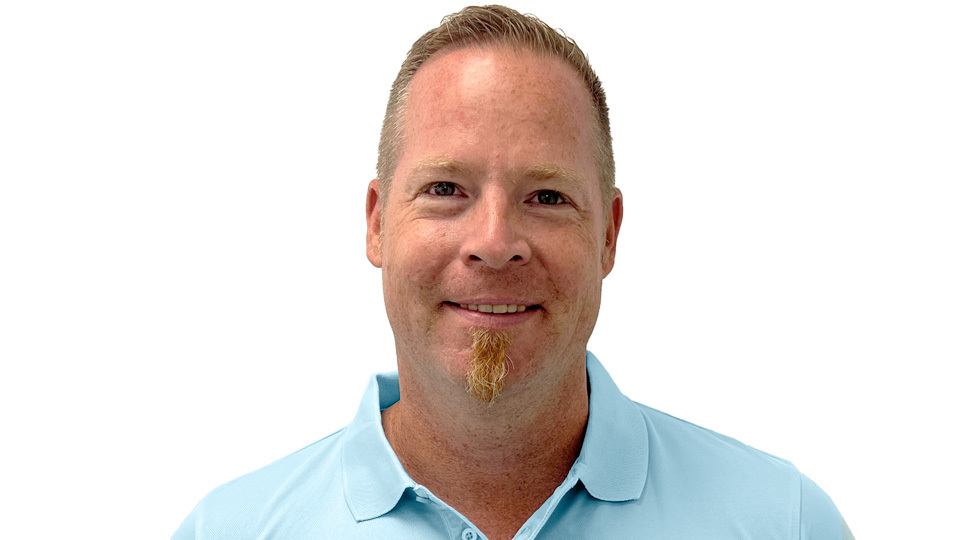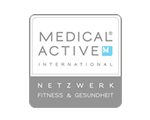In 1892, he founded the first Osteopathic College in Kirksville. In the United States, the Bachelor of osteopathy today is a full academic education, which is equivalent to studying medicine. In Europe, osteopathy has spread only in recent years. English and Belgian schools have trained "Osteopaths"; This training is similar but not with the fulltime of osteopatischen doctors in the United States. European "osteopaths" are usually healers or physiotherapists, and no doctors.
What is Osteopathic Medicine?
Osteopathic Medicine includes a comprehensive manual diagnosis and therapy of malfunctions in the movement system, the internal organs and the nervous system. In the Centre of therapy is not the treatment of a disease in itself, but always the individual situation of a patient. The self-healing powers of the patients are in the focus. Every body has a strong force for health in itself. The Osteopathic Physician stimulates these forces and thus supports the self healing.Almost all methods of Osteopathic Medicine are as "soft" or "soft". The treatment itself is relaxing and if necessary leads to a gradual but long-lasting regulation to "Healthy".
Muscle energy - techniques
These techniques correct joint disorders of the spine, as well as other joints. Targeted muscle tension and guided movements, the joints are brought back to normal function and optimized muscle tension.Myofascial techniques
All muscles are covered by the so-called fascia. The fascia itself are all over each other in connection. Charms of this fascia are given by soft pressure and tension. Thus, reactions be used to normalize the tension going. Ultimately, this circulation of tissue and in particular their mobility be improved against each other.
Counter train technology
The counter train technique, tendons points discusses certain druckschmerzhafte muscle and. There are about 200 such "tender points". " With a special storage technique, these tender points are completely relaxed and persistently resolved.
Functional technology after Johnston
The functional techniques are indirect methods that Act on reflexes on the spinal cord and central nervous system. The segment with a malfunction occurs in 3-dimensional space and depending on respiration in the direction, which is the easiest way possible.
Visceral techniques
At the visceral osteopathy voltage changes to internal organs in their momentum as well as in the body felt and handled. Internal organs are attached by fascia and ligaments and movable. This fascial tension will affect the mobility of the organs. Thus, dysfunction of organs can arise and about reflexes occur also on the skeletal system. The visceral osteopathy resolve the tension of the belts. This supports the physiological function of the internal organs.





























